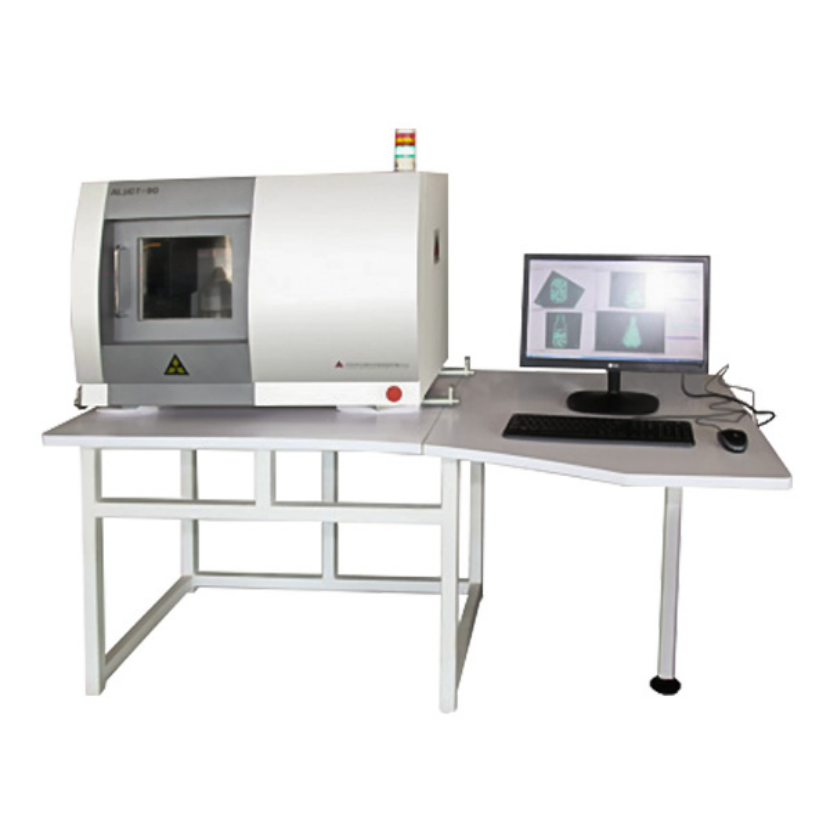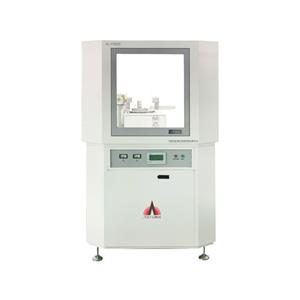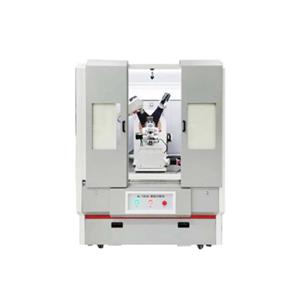Application areas of industrial CT
Industrial CT refers to nuclear imaging technology applied in industry. The basic principle is based on the attenuation and absorption characteristics of radiation in the detected object. The absorption capacity of the same substance to radiation is related to the properties of the substance. Therefore, using the X-rays or γ-rays with a certain energy and intensity emitted by radionuclides or other radiation sources, the attenuation law and distribution in the detected object, it is possible to obtain detailed information inside the object from the detector array. The information is finally displayed in the form of images using computer information processing and image reconstruction techniques.
Industrial CT is widely used in automobile, material, railway, equipment, chemical and other industries, providing important technical means for material structure analysis, railway vehicle speed-up and heavy-load safety, oil reserve prediction, and mechanical product quality determination.
Detection range: mainly describes the detection object of the CT system. For example, it can transmit the maximum thickness of steel, detect the maximum rotating diameter of the workpiece, detect the maximum height or length of the workpiece, and detect the maximum weight of the workpiece.
The ray source used: ray energy, working voltage, working current and focus size. The ray energy is the main factor affecting the ability to penetrate the equivalent steel thickness.
Scanning Mode: The commonly used CT scanning modes are II-generation scan and III-generation scan. Generation III scanning has higher efficiency, but is prone to ring artifacts due to poor correction methods (so reducing or eliminating ring artifacts is one of the main contents reflecting the technical level of CT system manufacturers); generation II scanning efficiency It is about 1/10-1/5 of the III-generation scan, but it is beneficial to the detection of workpieces with large turning diameters. In addition, CT systems usually have digital radiographic imaging (DR) capabilities.
Industrial CT Image reconstruction time: refers to the time required to reconstruct the image. Due to the fast running speed of modern computers, the reconstructed image can be displayed almost immediately after scanning, generally within 3 seconds.

Resolution: The core performance indicators of an industrial CT system include:
① Spatial resolution: the ability to discern the smallest structural details from CT images.
②Density resolution: The ability to distinguish the smallest density difference from CT images (usually assessed in conjunction with the size of the feature area).





